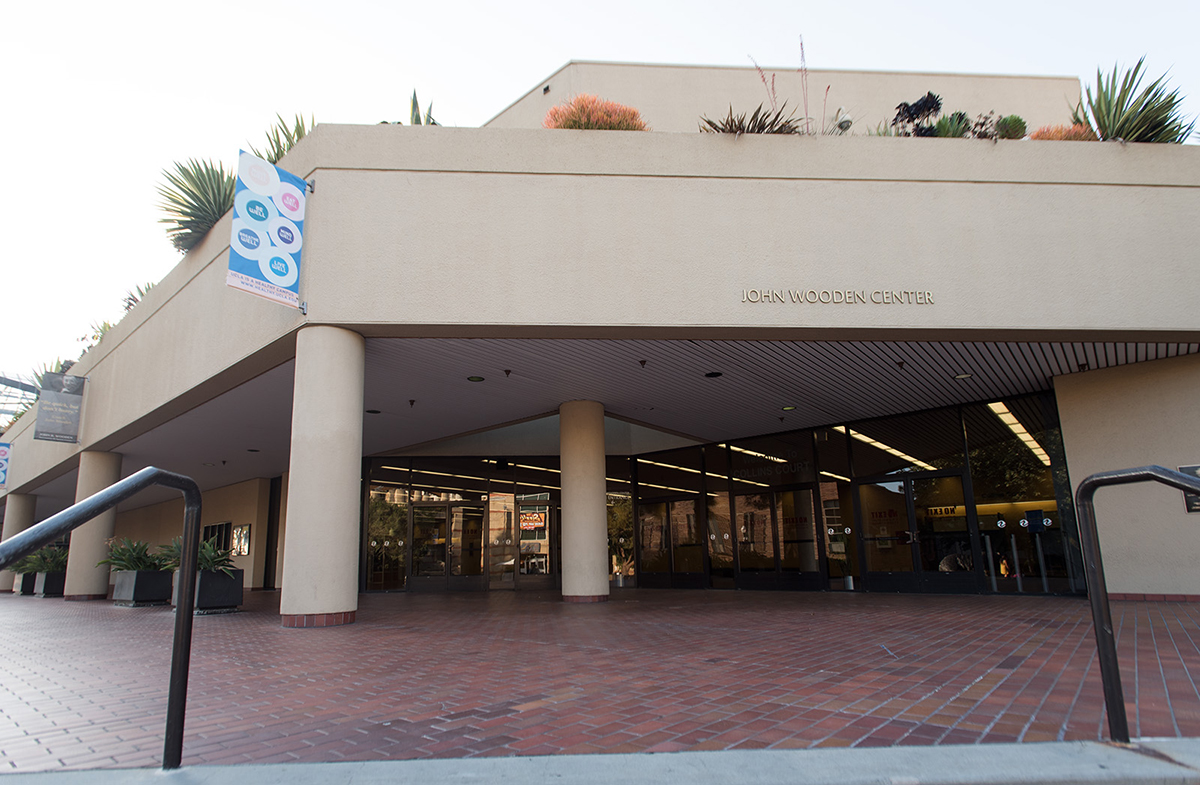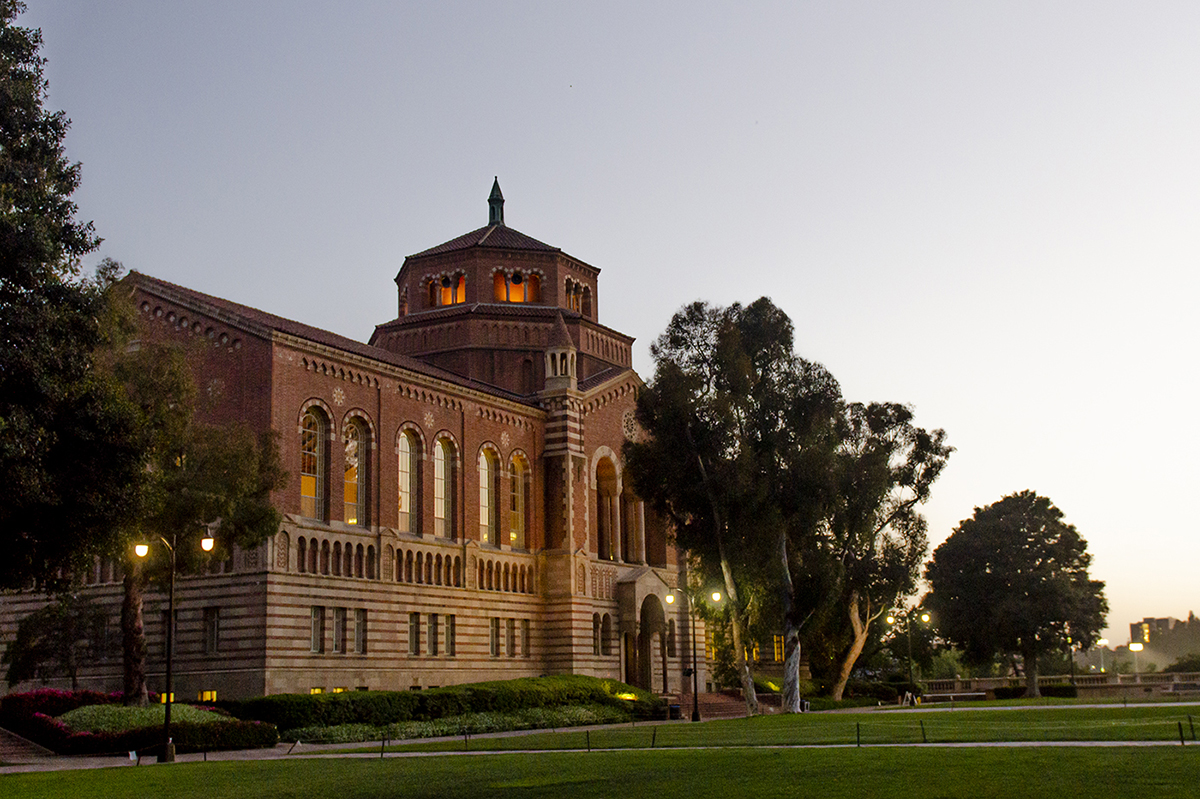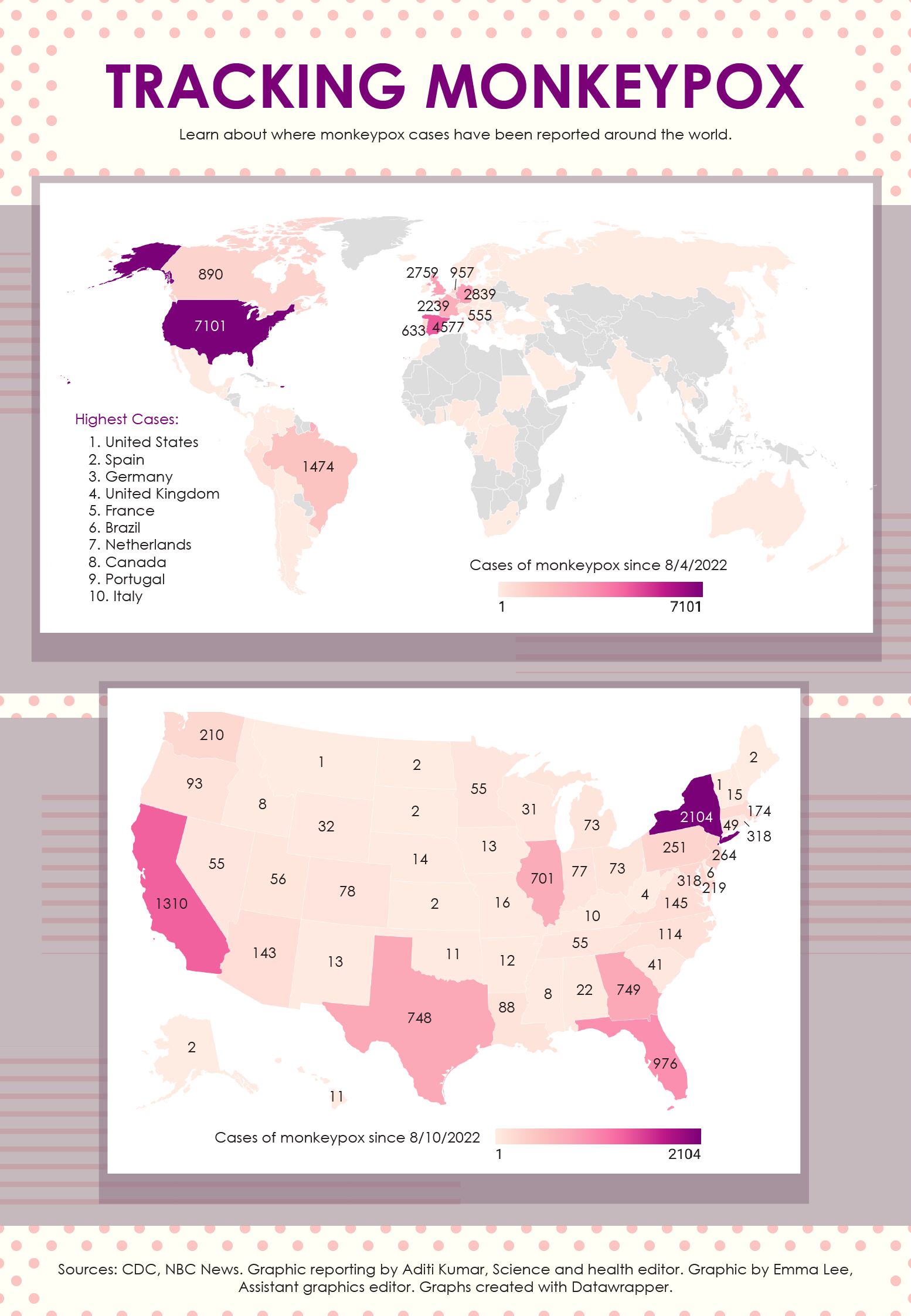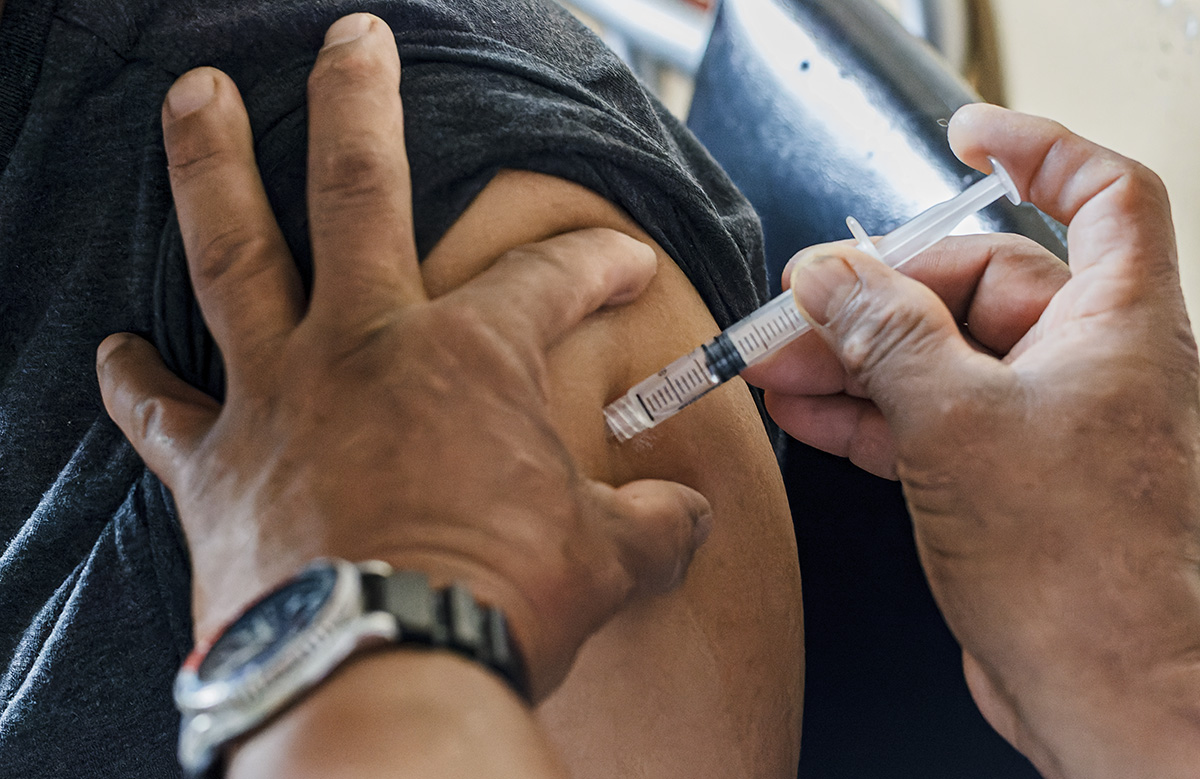Campus Queries: Recent LA heat wave highlights climate change, thermal inequality
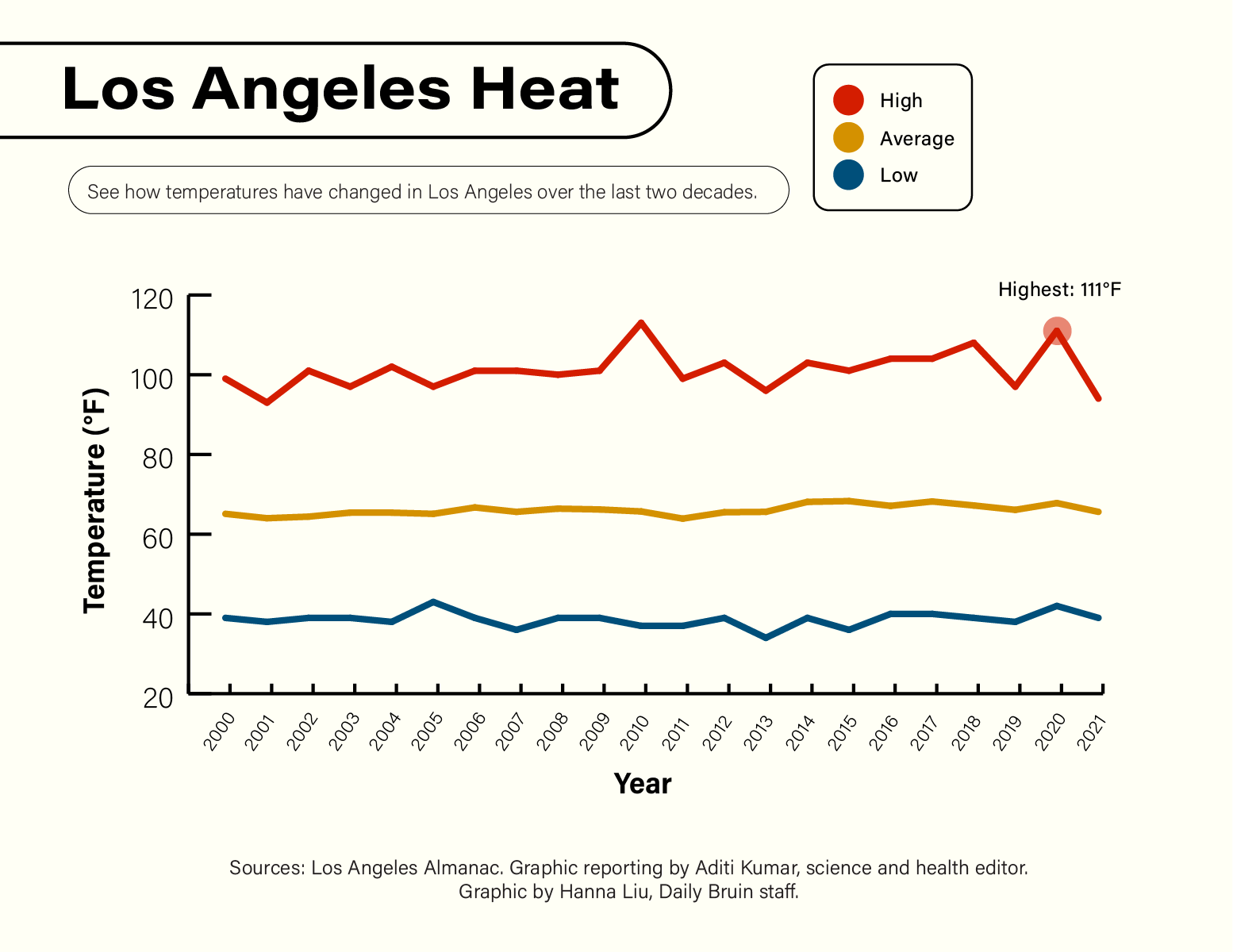

By Megan McCallister
Nov. 7, 2022 5:18 p.m.
This post was updated Nov. 8 at 10:09 p.m.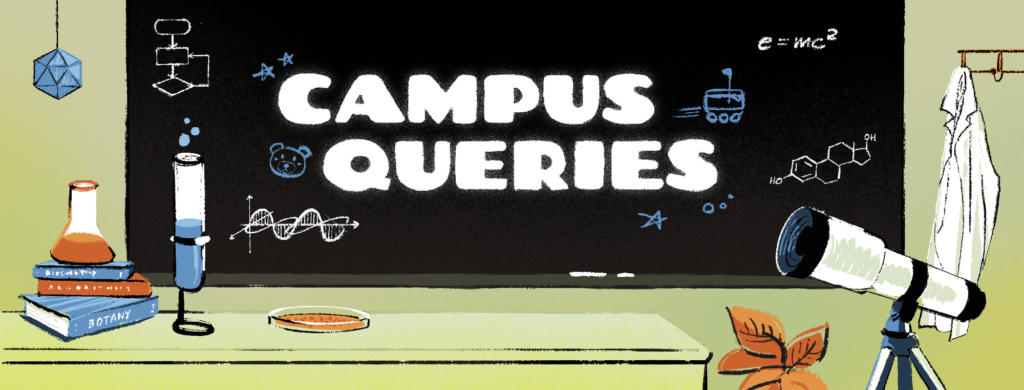
Campus Queries is a series in which Daily Bruin readers and staff present science-related questions for UCLA professors and experts to answer.
Q: What do we know about the recent Los Angeles heat wave?
A: LA sweltered under a record-breaking heat wave from Aug. 31 to Sept. 9, when temperatures peaked at 110 degrees, according to The Washington Post.
Heat waves are periods of high temperature. The most direct cause of any heat wave is high atmospheric pressure, said Karen McKinnon, assistant professor at the UCLA Institute of the Environment and Sustainability. The pressure causes air to sink downward, clouds to disappear and temperatures to rise, said Eli Dennis, a postdoctoral scholar at the UCLA Center for Climate Science.
These high atmospheric pressure systems are common all year, but their effects are felt the most in mid to late summer, Dennis added in an emailed statement.
Weather conditions such as heat waves can be predicted with certainty within 10 days of their occurrence, McKinnon said. While some climate models have projected heat waves up to the year 2100, that information is not necessarily useful due to natural variability in the climate system, Dennis said. However, such projections can still serve as an indicator that heat waves will progressively increase in frequency, intensity and duration in the coming decades, he added.
“Heat waves are sort of inevitable,” Dennis said. “They’re there, and they’re going to get worse, … but there are definitely steps that we can take to be more resilient against them.”
Q: How might a heat wave affect LA and its residents?
A: More intense and frequent heat waves will have negative implications for LA wildlife. Wildfire incidence will increase and plants will dry out and die because of increased evaporation, Dennis said. Increasing temperatures will also allow pine bark beetles to survive all year to feed on California pine trees, which will then serve as additional fuel for wildfires, he added.
Extreme heat also worsens air pollution. As high atmospheric pressure causes air to sink, that air traps toxicants near the Earth’s surface, Dennis said in the statement, adding that the trapped pollution in LA creates the smog seen on the skyline. High temperatures speed up reactions with trapped pollutants that create more harmful chemicals, thus worsening the air quality. This leads to a decrease in air quality seen during heat waves and summer months, according to FOX Weather.
Heat waves do not impact everyone who lives in LA to the same degree, said Bharat Venkat, assistant professor at UCLA’s Institute for Society and Genetics, in an emailed statement.
Venkat directs UCLA’s Heat Lab, which researches the various effects of thermal inequality – the unequal distribution of heat exposure and its consequences – he said in the statement. Thermal inequality tends to disproportionately affect those who face other forms of inequality and injustice, he added. A visible example of thermal inequality in LA is the availability of shade from trees, awnings and bus stops in wealthier parts of the city.
“If you live in a formerly redlined part of Los Angeles, an area with more asphalt and less canopy cover, and you don’t have air conditioning in your home, … you’re at greater risk when it comes to the deleterious effects of heatwaves,” Venkat said in the statement.
Q: How can we improve heat wave management?
A: Given the limitations of predictive weather models, the city’s emergency managers have just over a week to make preparations that will mitigate the effects of the heat, Dennis said.
To reduce heat-related illness during September’s heat wave, LA officials opened up cooling centers and increased access to air conditioned public libraries and drinking water, Dennis said.
He said an additional measure LA can take to limit heat-related health concerns is installing cool roofs downtown. A cool roof is a roofing system covered in plants, which decreases temperature in the building. The roofs would counteract the urban heat island effect, a phenomenon in which the temperature in cities tends to be hotter than the temperature in surrounding areas, he said.
It’s important to address thermal inequality as not only a climate issue but an issue of racial and economic justice, Venkat said in the statement. LA can enforce occupational safety standards to ensure that working conditions improve and pay increases, and there is also a push to mandate cooling systems in homes, he added in the statement. Currently, California law only requires that homes have adequate heating facilities, he said in the statement.
“The causes and effects of extreme heat are simultaneously social, biological, political and infrastructural, and all at once,” Venkat said in the statement.



